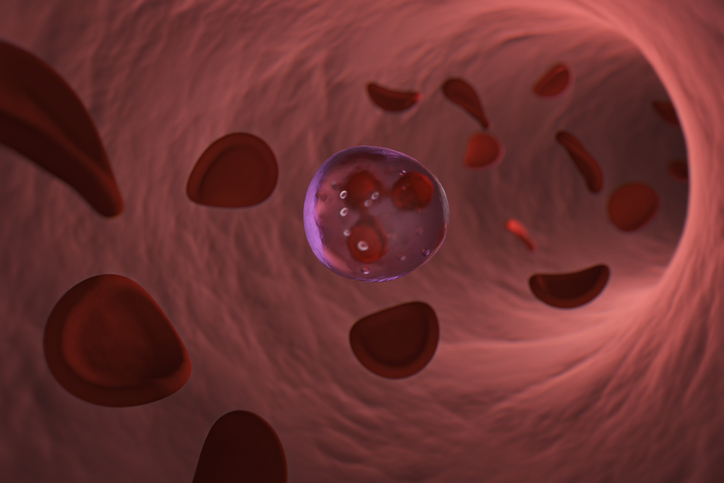
PACIFIC-AF Trial: Asundexian Versus Apixaban in Atrial Fibrillation
In the PACIFIC-AF clinical trial, Jonathan P. Piccini, and colleagues identified an optimal dose for, asundexian, a novel inhibitor of coagulation factor XIa (FXIa), and further compared its incidence of bleeding to that of apixaban in patients with AF. Their report, published in The Lancet, concluded that “asundexian at doses of 20 mg and 50 mg once daily resulted in lower rates of bleeding compared with standard dosing of apixaban, with near-complete in-vivo FXIa inhibition, in patients with atrial fibrillation.
Bleeding Risk with Targeted Therapies for Immune Thrombocytopenic Purpura
Investigators, led by Inbar Cohen, conducted a meta-analysis on recently-approved targeted therapies and found that “targeted therapies for ITP increase platelet counts, decrease bleeding events, and show a trend towards lower mortality without increased toxicity,” compared to placebo.
Got A-Fib? Shed Pounds Before Treatment to Stop Its Return
In a new study, patients with a-fib who were overweight or obese when they underwent ablation to correct their abnormal heart rhythm were more likely to experience a return of a-fib than folks who were not.
Immune Thrombocytopenia Treatment with Rilzabrutinib
According to a clinical trial published in The New England Journal of Medicine, “rilzabrutinib showed a rapid and durable clinical activity that improved with length of treatment” in patients with immune thrombocytopenia. The results of the trial supported the theory that the oral Bruton’s tyrosine kinase inhibitor may support platelet count via “decreased macrophage (Fcγ receptor)-mediated platelet destruction and reduced production of pathogenic autoantibodies.”
Describing Antinuclear Antibody-Positive Primary Immune Thrombocytopenia
In a retrospective study and meta-analysis published in Lupus Science & Medicine, researchers sought to elucidate the risk of connective tissue diseases (CTDs) in antinuclear antibody (ANA)-positive patients with immune thrombocytopenia (ITP). According to lead authors Yuan Liu, Shiju Chen, and Guomei Yang, their analyses suggested that “ANA-positive primary ITP is a clinical entity distinct from other primary ITPs and is associated with increased risk of developing CTDs, especially systemic lupus erythematosus (SLE).”
Bleeding Risk with Targeted Therapies for Immune Thrombocytopenic Purpura
Investigators, led by Inbar Cohen, conducted a meta-analysis on recently-approved targeted therapies and found that “targeted therapies for ITP increase platelet counts, decrease bleeding events, and show a trend towards lower mortality without increased toxicity,” compared to placebo.
All-Trans Retinoic Acid with High-Dose Dexamethasone in Immune Thrombocytopenia
In an article published in The Lancet Haematology, investigators showed that “the combination of all-trans retinoic acid and high-dose dexamethasone was safe and active in newly diagnosed patients with primary immune thrombocytopenia, providing a sustained response,” supporting it as a potentially more effectiveness first-line treatment than dexamethasone alone for patients with immune thrombocytopenia.
Drug-Coated Balloon for Small Coronary Artery Disease Treatment
In the BASKET-SMALL 2 randomized controlled trial, researchers compared the effect of a drug-coated balloon (DCB) against drug-eluting stents (DES) in patients with small coronary artery disease, either with or without high-bleeding risk (HBR), undergoing percutaneous coronary intervention. According to the article in Circulation: Cardiovascular Interventions, “DCBs were similarly safe and effective as current-generation DES in the treatment of coronary arteries <3 mm, regardless of bleeding risk.”







 © 2025 Mashup Media, LLC, a Formedics Property. All Rights Reserved.
© 2025 Mashup Media, LLC, a Formedics Property. All Rights Reserved.